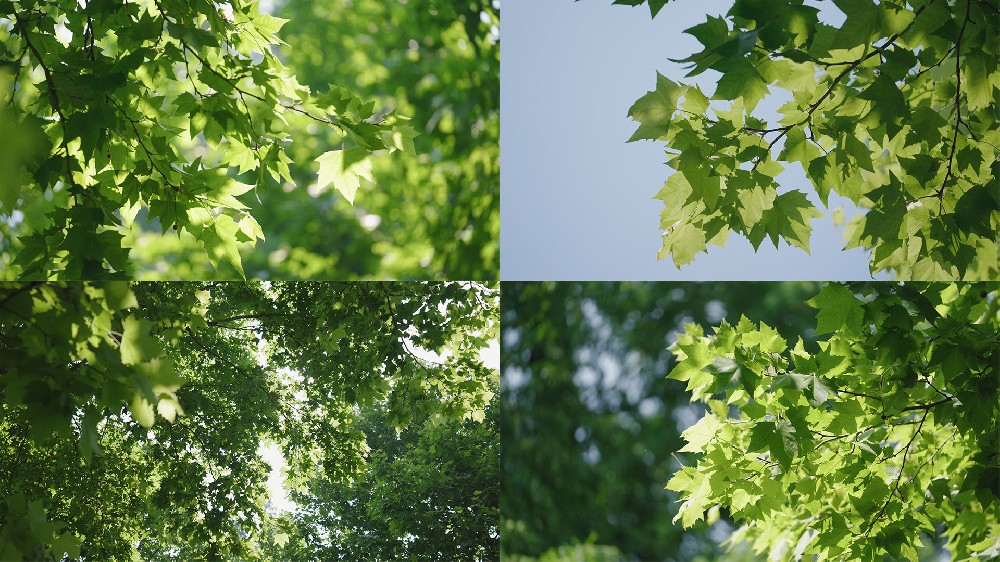

— Blogs —
—Products—
 Consumer hotline +8618073152920
Consumer hotline +8618073152920 WhatsApp:+8615367865107
Address:Room 102, District D, Houhu Industrial Park, Yuelu District, Changsha City, Hunan Province, China
Product knowledge
Time:2023-11-13 15:57:25 Popularity:568
The leaf wetness sensor is a new type of agricultural sensor applied in the fields of crop growth and development research, pest and disease control and early warning, foliar fertilization, and sprinkler irrigation control.
It can measure the humidity of plant foliage in real time and accurately, providing important data support for the monitoring and management of crop growth environment. With the increasing demand for precision agriculture, the foliar humidity sensor has become one of the indispensable and important equipment in modern agriculture.

This article will focus on the principle, function and use of foliar humidity sensor.
Principle of leaf wetness sensor.
Leaf wetness sensor is a kind of sensor used to measure the plant leaf surface humidity, and its principle is based on the capacitance change of the plant leaf surface.
When the humidity on the surface of the plant leaf changes, it affects the capacitance between the leaf surface and the air. Two electrodes in the sensor are mounted on the leaf surface and inside the sensor housing to form a capacitor.
When the humidity on the leaf surface changes, the capacitance value in the capacitor also changes. By measuring the change in capacitance value, the humidity of the plant leaf surface can be calculated.
Leaf surface humidity sensor is usually used in combination with data acquisition equipment, which can monitor the humidity change of the plant leaf surface in real time, and transmit the data to computer or other control system through data acquisition equipment to realize the monitoring and control of plant growth environment.
Why is leaf wetness important?Leaf surface humidity sensor function.
The main function of leaf wetness sensor is to measure the humidity of plant leaf surface and transmit the data to data acquisition equipment or control system. It can realize the following functions:
1. Real-time monitoring of humidity changes on the plant leaf surface: the foliar humidity sensor can uninterruptedly monitor the humidity changes on the plant leaf surface and transmit the data to the data acquisition equipment or control system, so as to analyze and control the plant growth environment in real time.
2. Improve plant growth efficiency: By monitoring and controlling the humidity of plant foliage, the growth efficiency of plants can be effectively improved. For example, timely adjustment of plant irrigation and spraying system so that the plant foliage always maintains the appropriate humidity can avoid the death or poor growth of plants caused by excessive or insufficient irrigation.
3. Reduce production costs: Foliar humidity sensors can help farmers and horticultural enthusiasts to more accurately manage the plant growing environment, avoiding the increase in production costs caused by unnecessary waste.
4. Promote healthy plant growth: By controlling the humidity of plant foliage, it can prevent or reduce plant foliage diseases and pests, thus promoting healthy plant growth.
Overall, the leaf wetness sensor can improve plant growth efficiency, reduce production costs, and at the same time promote healthy plant growth, it is a very practical tool for agriculture and gardening.
Related recommendations
Sensors & Weather Stations Catalog
Agriculture Sensors and Weather Stations Catalog-NiuBoL.pdf
Weather Stations Catalog-NiuBoL.pdf
Related products
 Combined air temperature and relative humidity sensor
Combined air temperature and relative humidity sensor Soil Moisture Temperature sensor for irrigation
Soil Moisture Temperature sensor for irrigation Soil pH sensor RS485 soil Testing instrument soil ph meter for agriculture
Soil pH sensor RS485 soil Testing instrument soil ph meter for agriculture Wind Speed sensor Output Modbus/RS485/Analog/0-5V/4-20mA
Wind Speed sensor Output Modbus/RS485/Analog/0-5V/4-20mA Tipping bucket rain gauge for weather monitoring auto rainfall sensor RS485/Outdoor/stainless steel
Tipping bucket rain gauge for weather monitoring auto rainfall sensor RS485/Outdoor/stainless steel Pyranometer Solar Radiation Sensor 4-20mA/RS485
Pyranometer Solar Radiation Sensor 4-20mA/RS485
Screenshot, WhatsApp to identify the QR code
WhatsApp number:+8615367865107
(Click on WhatsApp to copy and add friends)